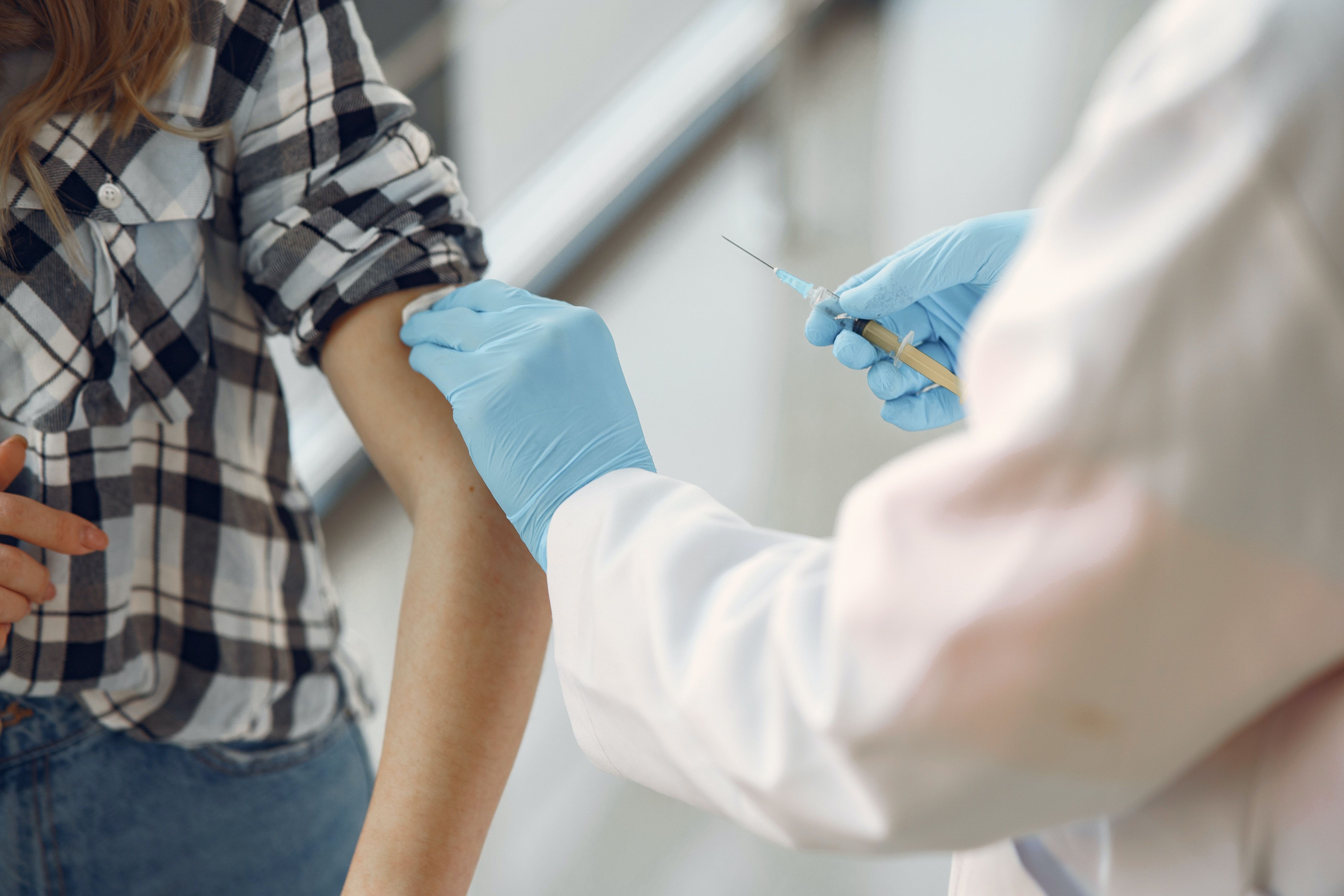Vaccine Coverage: Not So Routine
Disruptions to health care due to large-scale events, like that of the COVID-19 pandemic, can trickle into so much of what we need for public health, including routine vaccinations.

In the middle of a pandemic, conversations around routine vaccine coverage seem like anything but routine. Disruptions to health care due to large-scale events, like that of the COVID-19 pandemic, can trickle into so much of what we need for public health.
Hesitancy to seek medical care, access challenges, shutdowns, and an overwhelmed health care workforce an all amplify gaps in basic health, like vaccination coverage. Those vaccines that we fundamentally rely on to prevent diseases like polio, pertussis, diphtheria, and tetanus, are all now routine and a part of fundamental public health. How though, are these impacted during a pandemic of a novel disease?
A new research study published in the Center for Disease Control and Prevention (CDC)’s Morbidity and Mortality Weekly Report (MMWR) sought to address routine vaccination coverage on a global scale. The goal of global vaccine efforts is simple— reduce morbidity and mortality from vaccine-preventable diseases. From 2010 to 2019, global coverage with the third dose of the TDAP (diphtheria, tetanus, and pertussis) and of the polio vaccine, as well as the first dose of the measles-containing vaccine hovered between 84-86%.
The authors noted that “During 2019–2020, global coverage decreased for the completed series of Hib vaccine (from 72% to 70%), RCV vaccine (from 71% to 70%), HepB (3-dose series: from 85% to 83%; birth dose stable at 42%), and HPV (from 15% to 13%). Global coverage with the completed PCV series remained stable at 49%, whereas rotavirus vaccination coverage increased from 39% to 46%. One country introduced PCV, and seven countries introduced rotavirus vaccine.”
As the authors note, while this may not be a massive percentage drop in vaccination coverage from 2019 to 2020, it does translate to 3 million children who did not complete their infant vaccination series. Where did this change come from? The research team noted that “Surveys conducted in 2020 to gauge immunization program disruptions indicated decreased access because of physical distancing and transportation reductions, concerns by caregivers and health workers about COVID-19 exposure, and supply chain interruptions. The impacts to immunization coverage in 2020 were variable across regions and countries, with the South-East Asia and Eastern Mediterranean regions experiencing the largest declines in DTP3 coverage. DTP3 coverage in the Americas has continued a downward trend since 2016. Zero-dose children tend to live in vulnerable communities served by outreach services that are more prone to disruption and less resilient to recovery. Extending immunization services to reach zero-dose children and communities is one of the objectives of IA2030 and the Gavi 5.0 strategy. Achieving this objective requires an understanding of the socioeconomic, cultural, geographic, and systemic barriers to vaccination in these communities and the development of appropriate, context-specific strategies to increase access, availability, and demand for immunization services.”
While there were several limitations to the study, such as only evaluating data from 35 countries, the findings emphasize a need to continue focusing and allocating resources to maintain existing public health infrastructure, like routine vaccinations, now more than ever.
COVID-19 is a critical aspect of our lives as we experience this pandemic, but we can’t lose sight of the importance of foundational health and public health initiatives.
